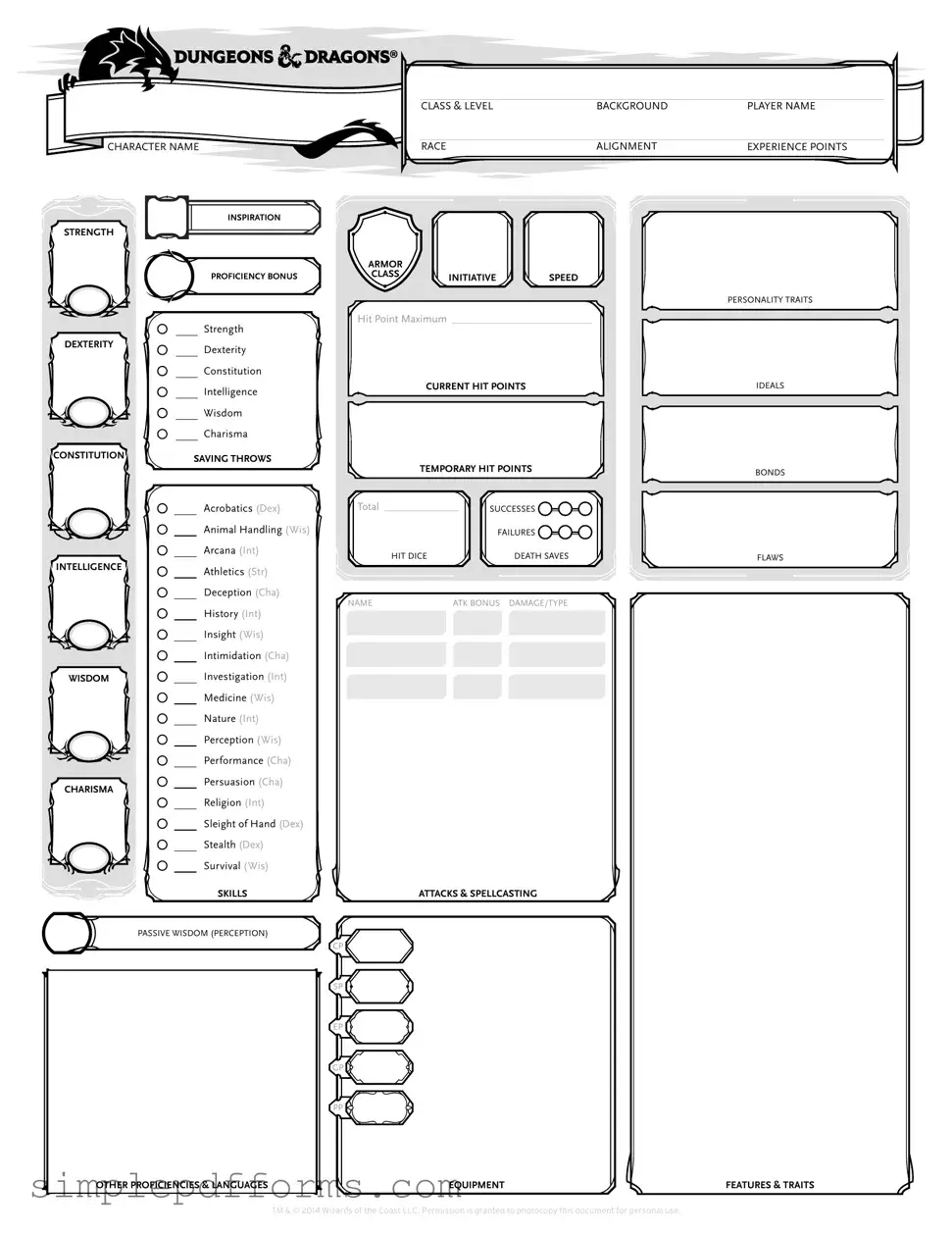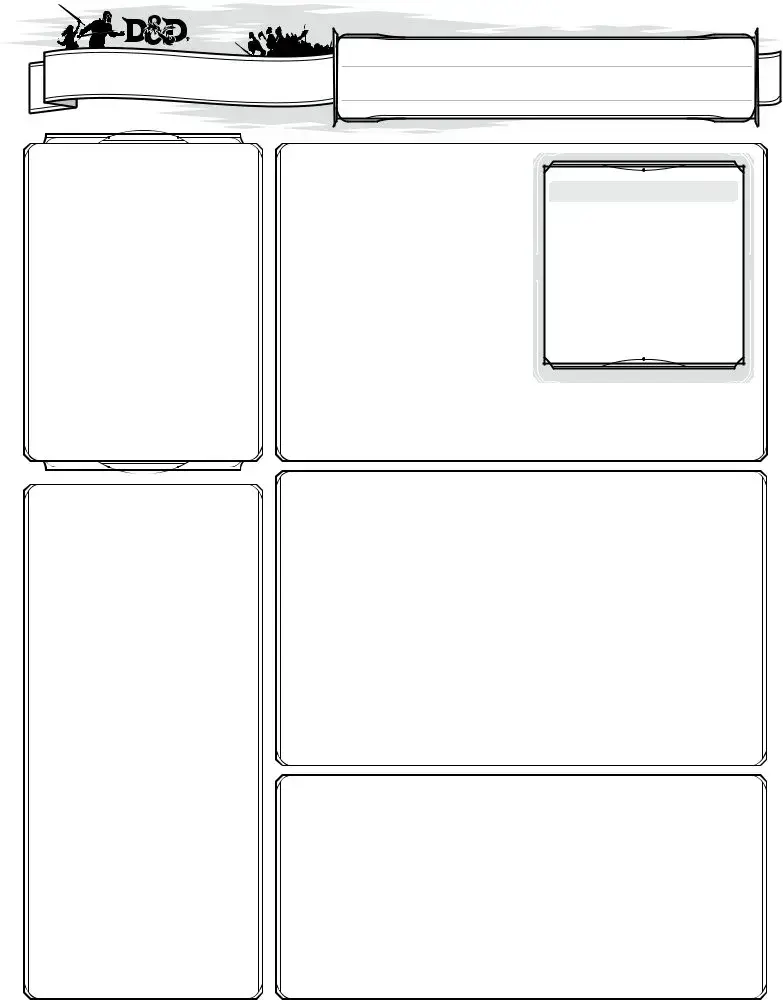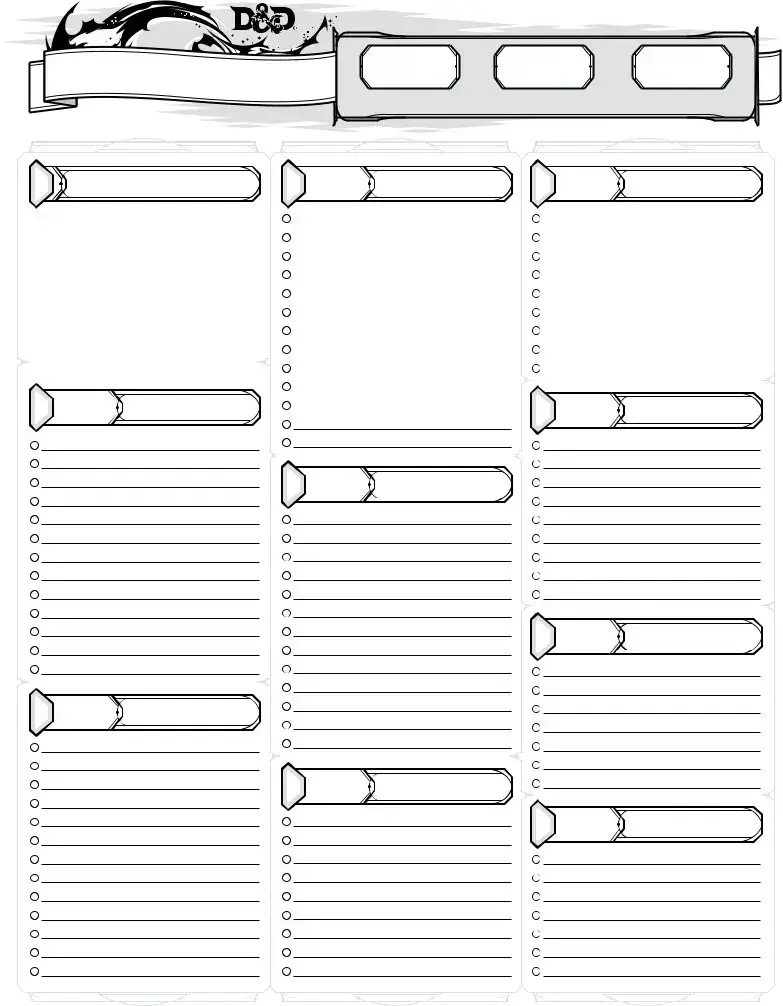Filling out a Dungeons & Dragons (D&D) character sheet can be an exciting part of the game, but many players make common mistakes that can affect their gameplay. One prevalent error is not fully understanding the character's class abilities. Each class has unique features that can significantly impact gameplay. Players should take the time to read and comprehend these abilities before finalizing their character sheet.
Another frequent mistake involves miscalculating ability scores. Players often overlook how ability scores affect various aspects of their character, such as attack rolls, saving throws, and skill checks. It’s essential to double-check these calculations to ensure that the character performs as intended during the game.
Many players neglect to consider their character's background and how it influences their skills and proficiencies. Each background offers specific bonuses and skills that can enhance gameplay. Failing to incorporate these elements can lead to a character that feels less developed or effective in the game.
Some players also forget to fill in important details like armor class, hit points, and saving throws. These statistics are crucial for understanding a character's survivability and effectiveness in combat. Leaving them blank or incorrectly calculated can lead to confusion during gameplay.
Another common oversight is not updating the character sheet as the game progresses. As characters level up, they gain new abilities, spells, and features. Failing to keep the character sheet current can hinder a player's ability to fully utilize their character's potential.
Additionally, players often overlook the importance of spells and their descriptions. For spellcasters, knowing which spells are available and how they function is vital. Misunderstanding spell mechanics can lead to missed opportunities during encounters.
Lastly, many players do not take the time to personalize their character sheet. A well-developed backstory and character traits can enhance the gaming experience. Players should aim to create a character that feels unique and engaging, rather than just a collection of statistics.













